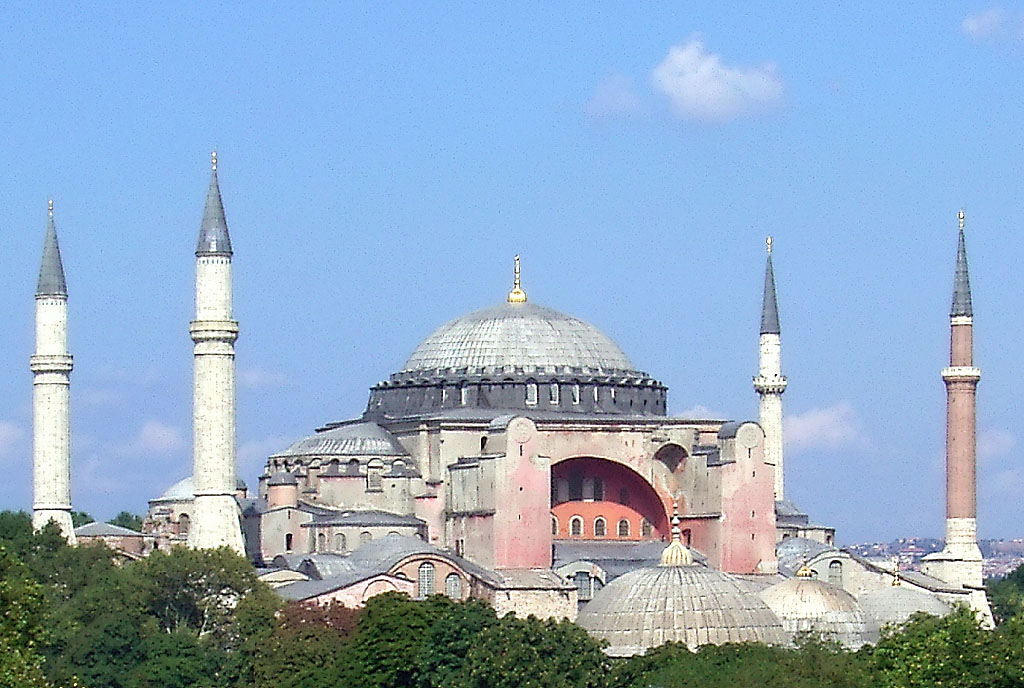Review
The break before enlistment has given me some precious time to indulge in reading and thinking. My penchant forgetfulness leads me to write this down while relatively fresh.Photo courtesy of amazon.com
The book talks about the fall of Constantinople, capital of the Byzantines and the rise of the Ottomans as a world power. What is interesting however is how the author is able to sieve through sources and materials from almost 500years ago. Anyone who has done Social Studies probably knows what kind of a shitty job that is.
"Every writer has an angle and a motive for his version, and it is necessary to pick carefully through claims and special intrests of each one." - Roger Crowley (The Holy War for Constantinople and the clash of Islam and the West)
The story itself though historical invoked a huge sense of awe at the human potential. How towers were built overnight, giant cannons cast on the battlefield in foundries, ships rolled overland just to break a chain blockade, resourcefulness of the defenders, courage of the attackers and not forgetting the logistics that moved and fed a combined of nearly 300,000 people, including the supply of ships and countless tonnes of gunpowder and cannonballs among other things.
 Mehmet II enters Constantinople by Fausto Zonaro
Mehmet II enters Constantinople by Fausto ZonaroPhoto courtesy of http://hakkani.files.wordpress.com
It also talks about the various punishments that we're meted out to the captured citizens of the city. Some were sawn into two to fulfill the promise that their heads would not be cut off, many were impaled and most were just decapitated. It speaks volumes about what we can become accustomed to and how dreadful that can become.
Importantly it painted a story far from the religious aspect that it is most associated with. Rather it painted a picture of realism about the dying days of the defenders too burdened with the responsibility of protecting the city and about an invasion forced pressed by the dreams of the sultan's empire on their backs.
If anything the book has laden me with a deep romanticism about the city of Istanbul and Anatolia. I do hope I get a chance to visit there someday



